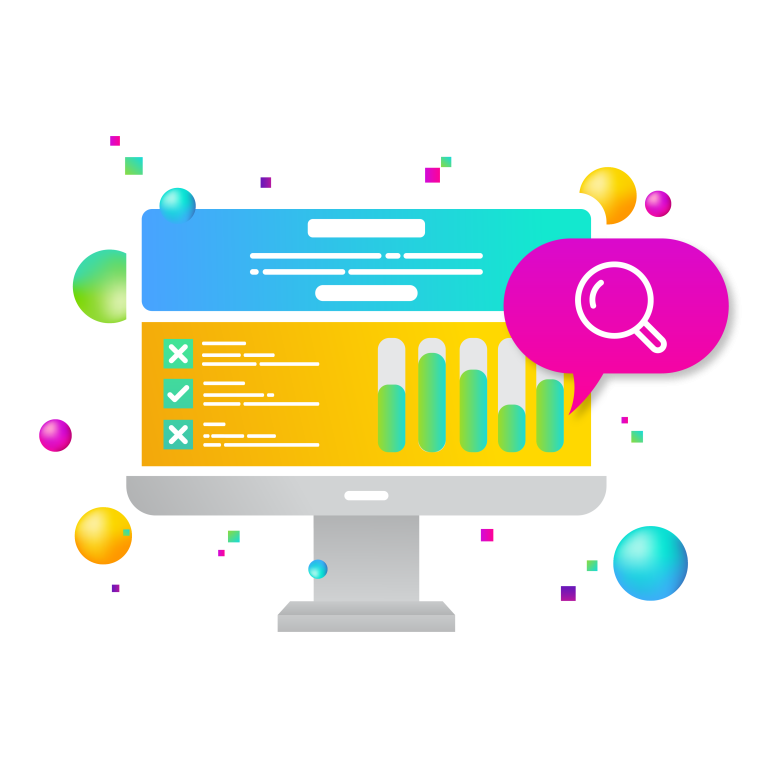
Remarketing campaigns allow you to reconnect with visitors who have previously interacted with your website but didn’t complete the desired action, such as making a purchase. But how do you ensure your remarketing campaigns are effective? In this blog post, we’ll discuss how to use data-driven insights to optimize your remarketing efforts, tailoring your messaging and targeting to bring customers back to your site and complete the conversion process.
Understanding Remarketing: Why It’s Crucial for Conversions
At its core, a remarketing campaign serves to re-engage visitors who left your site without completing the desired action. These campaigns can range from display ads to personalized emails, reminding potential customers about products or services they showed interest in.
The power of remarketing lies in its ability to target warm leads—people who have already engaged with your brand. However, a successful remarketing campaign isn’t as simple as showing the same ad to every visitor. Many challenges, such as irrelevant messaging or ad fatigue, can arise. This is where data becomes indispensable, helping you refine your approach and ensuring your efforts are effective.
Key Data Sources for Optimizing Remarketing Campaigns
To maximize your remarketing efforts, you first need to tap into the right data sources. These can provide deep insights into visitor behavior, customer preferences, and campaign performance. Here are some critical data sources to consider:
- Website Analytics: Tools like Google Analytics can provide detailed information about visitor behavior, such as which pages they visited, how long they stayed, and what actions they took (or didn’t take). This data can help identify the most promising segments for remarketing.
- Customer Segmentation Data: By dividing your audience into distinct segments based on behavior, demographics, or purchasing habits, you can tailor your ads and messaging to specific groups, making your campaigns more relevant and effective.
- Ad Performance Metrics: Tracking key performance indicators (KPIs) such as click-through rate (CTR), conversion rate, and return on investment (ROI) is essential to measuring the effectiveness of your remarketing efforts.
- User Journey Mapping: Understanding the customer journey helps identify where remarketing can be most effective—whether it’s after a product page visit, cart abandonment, or a specific interaction with your brand.
Data-Driven Strategies for Remarketing Success
Once you’ve gathered your data, it’s time to implement strategies to optimize your remarketing campaign. Data-driven insights can inform several tactics, ensuring that your ads resonate with your audience and lead to conversions.
- Behavior-Based Targeting: Segmenting your audience based on their behavior on your site allows you to tailor your ads more precisely. For example, someone who viewed multiple product pages may be more receptive to an ad offering a discount, while someone who abandoned their cart might respond better to a reminder about the products left behind.
- Personalized Messaging: Personalization is key to effective remarketing. Data on user demographics, preferences, and past interactions allows you to create ads that speak directly to your audience. A personalized ad is far more likely to grab attention than a generic one.
- A/B Testing and Ad Optimization: Testing different ad formats, messages, and visuals is a great way to determine what works best for your audience. Data-driven A/B testing can help you refine your strategy, ensuring you’re running the most effective ads.
- Frequency Capping and Ad Scheduling: One common mistake in remarketing campaigns is bombarding users with too many ads, which can lead to ad fatigue. Using data to cap the frequency of ads ensures that you’re not overexposing your audience. Similarly, scheduling ads based on data insights—such as times when users are most likely to engage—can improve campaign performance.
Advanced Tactics: Leveraging Machine Learning and Predictive Analytics
Data-driven remarketing doesn’t stop at basic segmentation and targeting. More advanced techniques, like machine learning and predictive analytics, can take your campaigns to the next level.
- Predictive Audience Targeting: Predictive analytics can identify which users are most likely to convert, allowing you to prioritize your remarketing efforts on high-value targets. By analyzing past behavior and purchase patterns, these tools can forecast future actions.
- Dynamic Ads and Personalization: Using real-time data to create dynamic ads allows for even greater personalization. For instance, if a visitor viewed specific products, your remarketing ad can automatically display those items, making the ad highly relevant.
- Lookalike Audiences: Data-driven insights can also help you expand your reach through lookalike audiences—users who share characteristics with your existing customers but have not yet visited your site. By targeting these potential customers, you can increase the chances of conversion.
Measuring and Analyzing Remarketing Campaign Success
To ensure that your remarketing campaign is effective, continuous measurement and analysis are crucial. Key metrics to track include:
- Conversion Rates: The percentage of visitors who complete a desired action after seeing your remarketing ad.
- Cost Per Acquisition (CPA): The cost of acquiring a customer through your remarketing efforts.
- Return on Ad Spend (ROAS): The revenue generated compared to the amount spent on the campaign.
- Engagement Metrics: Click-through rates, bounce rates, and time on site can offer insights into how well your ads are performing.
By analyzing these metrics, you can identify areas for improvement and iterate on your campaigns for better results over time.
Common Pitfalls and How to Avoid Them
While data-driven remarketing campaigns offer immense potential, there are common pitfalls to avoid:
- Over-targeting and Ad Fatigue: Serving too many ads to the same user can lead to frustration and brand damage. Use frequency capping to limit ad exposure.
- Neglecting Segmentation: Broad targeting reduces relevance. Ensure that your audience segments are refined and based on real data insights.
- Ignoring Performance Data: Failing to analyze campaign performance leads to missed opportunities. Continuously monitor and tweak your campaigns based on data insights.
Data-driven insights are the key to maximizing the effectiveness of your remarketing campaign. By leveraging behavioral data, personalizing your messaging, and continuously optimizing based on performance metrics, you can significantly boost your conversions and improve your return on investment. Start implementing data-driven strategies today to make the most of your remarketing efforts and turn missed opportunities into valuable conversions.
New Target has extensive experience in executing successful remarketing campaigns as part of a comprehensive digital marketing strategy. By leveraging data-driven insights, New Target tailors remarketing efforts to reconnect with potential customers, boosting conversions and maximizing return on ad spend. Our expertise extends beyond remarketing, encompassing all aspects of digital marketing, including SEO, content marketing, social media management, and paid search.
This holistic approach ensures that every part of the customer journey is optimized, from attracting new leads to nurturing existing ones and driving repeat business, all while maintaining a cohesive and results-driven strategy.



